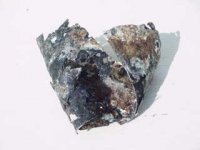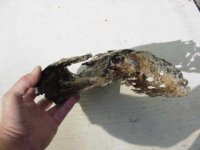njcommercialdiver
Sr. Member
- Feb 26, 2005
- 316
- 294
- Detector(s) used
- Garrett At Pro,
MX500 Proton Mag
fisher gold bug, whites PI, Garrett gold scorpion
- Primary Interest:
- Prospecting
up to approx what years were ship bottoms sheeted in lead? I cant find any info on this
Thanks
Thanks









